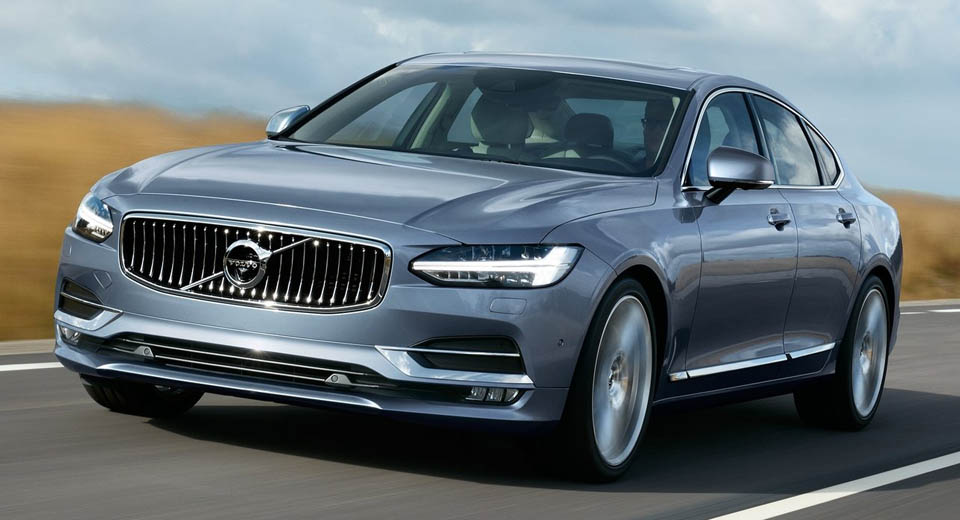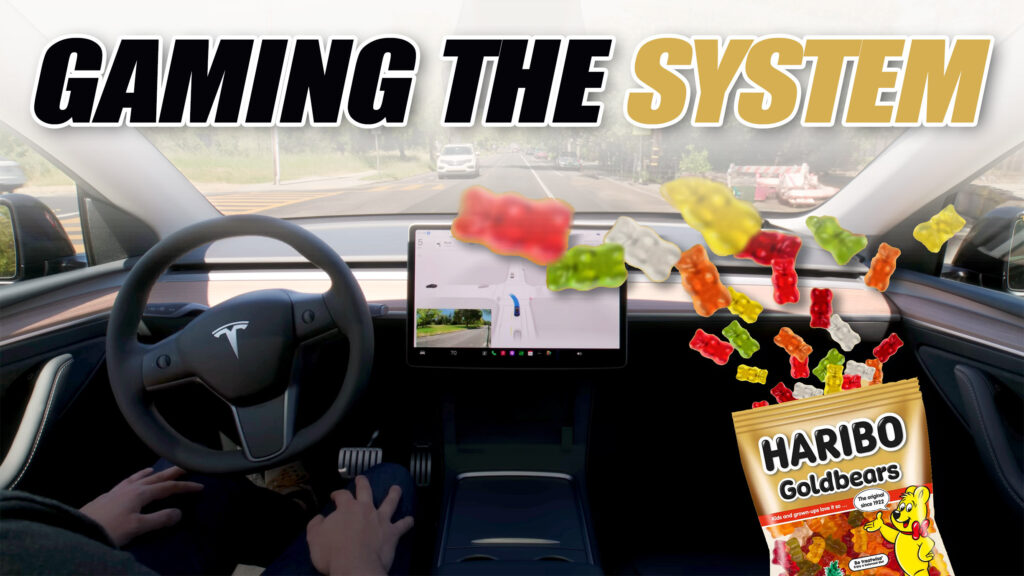- A study shows drivers are more prone to distractions like eating or phone use when driver-assist systems are active.
- The Insurance Institute of Highway Safety monitored 29 drivers using Volvo’s Pilot Assist and 14 using Tesla’s Autopilot.
- Researchers found drivers quickly learned distraction alert timings, tricking the systems into thinking they were focused.
America’s Insurance Institute for Highway Safety (IIHS) examined the behavior of more than 40 drivers using two different types of car and driver-assist systems and discovered that the test subjects used the technology to help them multitask at the wheel. Researchers also noted that the drivers were quick to adapt to the systems’ distraction alerts, cheating the cars into thinking that they were paying full attention to the road.
More: Pennsylvania To Ban Drivers From Using Phones To Reduce Distraction-Related Accidents
“These results are a good reminder of the way people learn,” said IIHS President David Harkey. “If you train them to think that paying attention means nudging the steering wheel every few seconds, then that’s exactly what they’ll do.”
The study first recorded the behavior of 29 drivers, each using Pilot Assist on a 2017 Volvo S90 sedan over a four-week period. And in the second part of the multi-year test, 14 people who had never used any driver-assist features were given a Tesla Model 3 for a month to see what effect Autopilot had on their levels of distraction behind the wheel.
Here’s what the IIHS had to say about the Volvo drivers:
“Drivers were much more likely to check their phones, eat a sandwich or do other visual-manual activities while using Volvo’s Pilot Assist partial automation system than when driving unassisted, a monthlong study of driver behavior that IIHS conducted with the Massachusetts Institute of Technology’s AgeLab showed. The tendency to multitask also increased over time for some drivers as they grew more comfortable with the technology, while others were more distracted while using the system from the start.”

In the Tesla group the rate of initial attention reminders per 1,000 miles (1,600 km) traveled with Autopilot engaged increased by 26 percent over the course of the month, showing that drivers were allowing themselves to become more distracted as they became more familiar with the system.
The IIHS provided these insights on Tesla drivers using Autopilot:
“The percentage of time that drivers were disengaged in the period surrounding the alerts also increased, even though the duration of each alert was shorter. The researchers found that the drivers did non-driving secondary activities, looked away from the road, and had both hands off the wheel more often during the alerts and in the 10 seconds before and after them as they learned how the attention reminders worked. The longer they used the system, the less time it took them to take their hands off the wheel again once the alerts stopped.”
But the rate of escalations – the more intrusive warnings given when you ignore the first ones – fell by 64 percent, suggesting that drivers were learning to game the system by providing enough nudges to the wheel to keep Autopilot in play.
“In both these studies, drivers adapted their behavior to engage in distracting activities,” Harkey said. “This demonstrates why partial automation systems need more robust safeguards to prevent misuse.”




